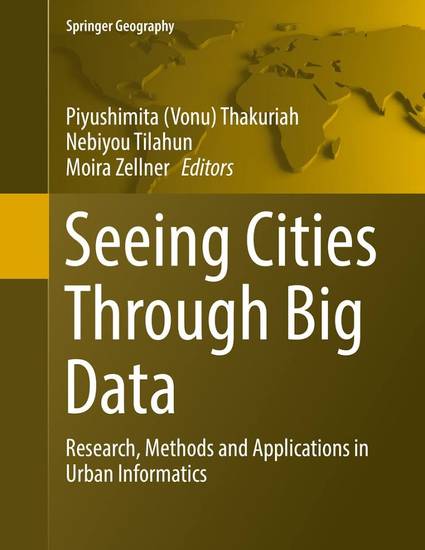
Contribution to Book
Detecting Stop Episodes from GPS Trajectories with Gaps
Seeing Cities Through Big Data
(2016)
Abstract
Given increased access to a stream of data collected by location acquisition technologies, the potential of GPS trajectory data is waiting to be realized in various application domains relevant to urban informatics—namely in understanding travel behavior, estimating carbon emission from vehicles, and further building healthy and sustainable cities. Partitioning GPS trajectories into meaningful elements is crucial to improve the performance of further analysis. We propose a method for detecting a stay point (where an individual stays for a while) using a density-based spatial clustering algorithm where temporal criterion and gaps are also taken into account. The proposed method fills gaps using linear interpolation, and identifies a stay point that meets two criteria (spatial density and time duration). To evaluate the proposed method, we compare the number of stay points detected from the proposed method to that of stay points identified by manual inspection. Evaluation is performed on 9 weeks of trajectory data. Results show that clustering-based stay point detection combined with gap treatment can reliably detect stop episodes. Further, comparison of performance between using the method with versus without gap treatment indicates that gap treatment improves the performance of the clustering-based stay point detection.
Keywords
- GPS,
- Trip detection,
- DBSCAN,
- Trajectory data analysis,
- Uncertainty
Disciplines
Publication Date
October, 2016
Editor
Piyushimita (Vonu) Thakuriah, Nebiyou Tilahun, Moira Zellner
Publisher
Springer
Citation Information
Sungsoon Hwang, Christian Evans and Timothy Hanke. "Detecting Stop Episodes from GPS Trajectories with Gaps" Seeing Cities Through Big Data (2016) p. 427 - 439 Available at: http://works.bepress.com/sungsoon_hwang/23/
